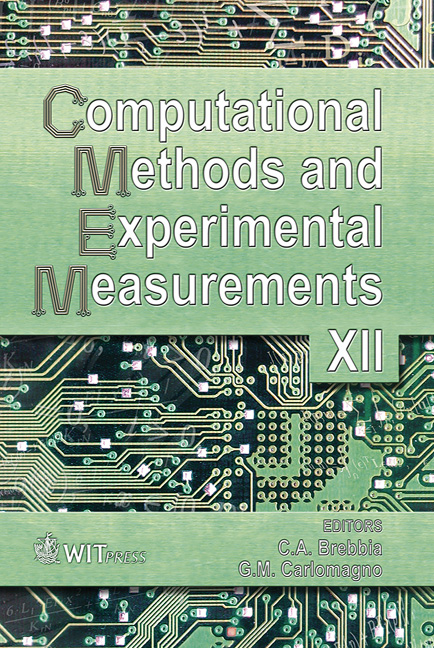Digital Images And Their Application To Land Use Classification
Price
Free (open access)
Transaction
Volume
41
Pages
6
Published
2005
Size
441 kb
Paper DOI
10.2495/CMEM050251
Copyright
WIT Press
Author(s)
P. Grimalt, I. Manchón, J. A. Sánchez, J. Escolano & M. J. Pujol
Abstract
For many Remote Sensing users, classification is the decisive stage of digital image analysis. Digital classification provides cartography and an inventory of the categories that are the object of study. In this paper we analyse a sector of the Natural Park of the Sierra de Mariola (Spain), with the aim of using two digital image classification procedures: supervised and unsupervised classification. We measure the reliability of the classification. The results obtained in the treatment of the image, along with the field data enable us to obtain accurate cartography of the area. Keywords: computer imaging, supervised classification, unsupervised classification. 1 Introduction Spatial and aerial remote sensing devices are widely available and constantly improving in terms of their features. This fact, combined with advances in digital imaging techniques, has led to the development of an interest in using remote sensing techniques to study and understand the dynamic evolution of ecosystems. Information obtained using these techniques greatly facilitates the work of those who devise plans for managing, conserving and exploiting the resources of a region. The Sierra de Mariola is a mountain range located in Spain, in the south-western part of the Iberian Peninsula. It straddles the provinces of Alicante and Valencia, extends over the counties of Vall d’Albaida, El Comtat and L’Alcoiá
Keywords
computer imaging, supervised classification, unsupervised classification.





